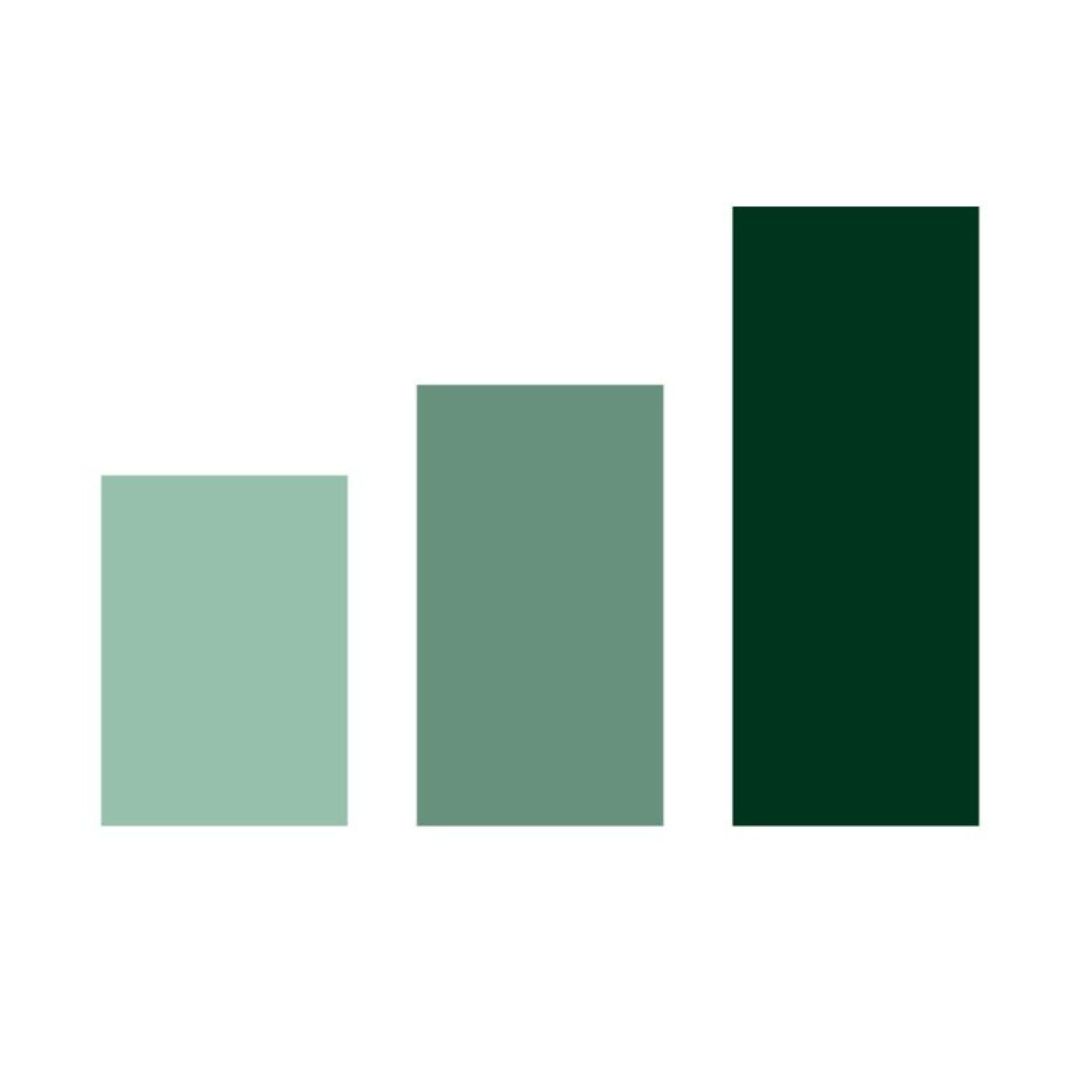Starting in 2015, tetrahydrocannabinol (THC) and cannabidiol (CBD) derived from cannabis are allowed for medicinal use under certain conditions imposed by the Brazilian Health Regulatory Agency (ANVISA). In March 2020, Brazil issued its first domestic medical cannabis production license.
Brazil’s medical cannabis industry is fairly restrictive compared to what is found in North America and parts of Europe, and when combined with domestic litigation and political hurdles the opportunities in Brazil’s legal cannabis industry have historically been limited.
“Business analysis company Kaya Mind estimates that the Brazilian market is expected to reach $380 million Canadian dollars ($282 million) in 2025.” stated MJBizDaily in its coverage of Brazil’s emerging cannabis industry in February 2024.
“Official sources and local surveys indicate that 4.8 million Brazilians consume cannabis recreationally, and that 12 million chronic patients medically require it to manage complex conditions.” stated New Frontier Data in May 2021 about Brazil’s consumer and patient base.
Statista lists the following for Brazil’s emerging cannabis industry:
- Brazil is projected to reach a revenue of US$457.20m in the Cannabis market by 2024.
- The revenue is anticipated to demonstrate a 2.77% annual growth rate (CAGR 2024-2029), leading to a market volume of US$524.20m by 2029.
According to a recent study conducted by researchers from Ukraine and France, and published by the U.S. National Institute of Health, 57 countries have adopted medical cannabis legalization measures. Israel was the first country to adopt a national medical cannabis legalization measure (1999), and Ukraine was the most recent (2024) as of the posting of this article.
The global cannabis pharmaceuticals market size is projected to reach $102.4 billion by 2030, expanding at a CAGR of 53.3% from 2024 to 2030, according to a new analysis by Research and Markets.
“Growing use of cannabis in various medical applications is driving the global pharmaceutical cannabis market growth. For instance, cannabis is widely used for treating patients suffering from chronic conditions, such as Parkinson’s disease, cancer, arthritis, and Alzheimer’s disease, as well as neurologic problems, such as depression, anxiety, & epilepsy. Moreover, there is a growing disease burden of chronic pain and pain management therapies. This, in turn, is increasing cannabis product consumption as it is effective in pain management.” stated Research and Markets in a press release.
Research and Markets previously conducted a market analysis focusing on the global cannabis capsules sector. The researchers determined that the sector will “grow from $31.96 billion in 2023 to $38.75 billion in 2024 at a compound annual growth rate (CAGR) of 21.3%.”
“The cannabis capsule market size is expected to see rapid growth in the next few years. It will grow to $79.2 billion in 2028 at a compound annual growth rate (CAGR) of 19.6%.” the researchers also stated in a press release.
The global cannabidiol (CBD) market was worth an estimated $7.6 billion in 2023 according to a previous market analysis by Market.us, and will climb to a projected $36.6 in value by 2033.
“Between 2023 and 2032, this market is estimated to register the highest CAGR of 27%.” the researchers stated.
“Because of its therapeutic benefits, there is a significant demand for CBD for health and wellness applications, which is the main reason driving the market. The increased acceptability and use of products as a result of government approvals is another important factor anticipated to increase the manufacturing of CBD-infused goods.” the researchers also stated.
Market.us determined the following as part of their global CBD market analysis:
- CBD oil is the most dominant product type, with a market share of over 30%, largely due to its effectiveness in managing chronic pain
- Pharmaceuticals represent the most lucrative segment, accounting for over 25% of the market, driven by CBD’s neuroprotective and pain-relieving properties
- Online pharmacies hold the largest market share (25%) due to the convenience of online sales and global reach
- North America leads the market, holding a 60% market share, with Europe and Asia-Pacific showing emerging demand
- The B2B sector played a dominant role in the global CBD market in 2023, accounting for a substantial revenue share of 55.1%
A separate global CBD market analysis conducted by Grand View Research found that the global CBD market was worth $7.7 billion in 2023, and estimates that the market will grow by 15.8% from 2024 to 2030.
A previous market analysis conducted by Market Research Future estimated that the global CBD industry was worth $18.43 billion in 2023 and that the market would reach a projected 59.43 billion by 2030.
According to a separate analysis by New Frontier Data, cannabis consumers around the globe “spent an estimated $415 billion on high-THC cannabis in 2020” and that figure is expected to increase to to $496 billion by 2025.
“Much of the world has not yet legalized cannabis, and nearly all the demand resides in illicit or unregulated markets. In 2020, 94% of high-THC cannabis spend was in unregulated channels.” New Frontier Data states.
New Frontier Data has determined that sales of high-THC cannabis products through legal regulated outlets totaled $23.7 billion in 2020 and that legal sales are projected to reach $51 billion by 2025. New Frontier Data estimates that legal cannabis sales of adult-use cannabis “are projected to be double those of legal medical sales by 2025, despite the higher number of medical markets globally.”

